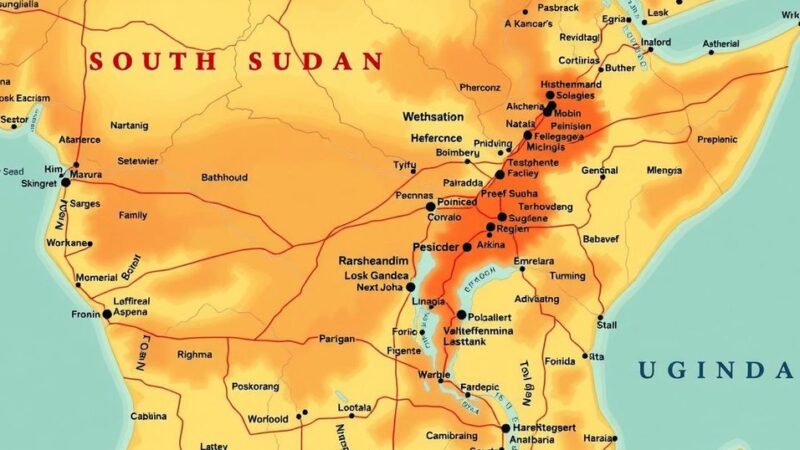An earthquake of 4.0 magnitude struck Afghanistan, highlighting the country’s vulnerability to natural disasters. This event occurred shortly after another quake was felt in Pakistan. Meanwhile, Argentina has faced devastating floods leading to fatalities and missing persons. Both situations reflect the urgent need for disaster preparedness.
On Monday, an earthquake measuring 4.0 on the Richter scale struck Afghanistan, as reported by the National Center for Seismology (NCS). The quake occurred at a depth of 10 kilometers, which raises the likelihood of aftershocks. The NCS noted the earthquake’s specifics on its social media account, detailing its time and geographic coordinates, emphasizing its location in the Hindu Kush region.
Shallow earthquakes such as this one tend to pose greater risks due to their proximity to the Earth’s surface. This closeness facilitates stronger ground shaking and increases the potential for structural damage and casualties, compared to deeper earthquakes that lose energy as they ascend.
Earlier on the same day, Pakistan experienced its own seismic activity, registering a magnitude of 4.2, just two days after a similar tremor of 4.3 magnitude. The United Nations Office for the Coordination of Humanitarian Affairs (UNOCHA) highlights Afghanistan’s ongoing vulnerability to natural disasters, including flooding, landslides, and earthquakes.
Frequent earthquakes in Afghanistan adversely impact communities already struggling with the challenges of prolonged conflict and underdevelopment. The UNCCHA reports that these conditions diminish their capacity to withstand multiple disasters simultaneously. The Hindu Kush Mountain range is known for its geological activity, with Afghanistan situated on critical fault lines between the Indian and Eurasian tectonic plates.
In other news, heavy rainfall in Argentina has resulted in at least 15 fatalities, with authorities searching for dozens more who are missing. The city of Bahía Blanca experienced about 12 inches of rain in a short span, significantly above its monthly average. Emergency services have evacuated over 1,450 individuals, including hospital patients, as rainstorms continued to wreak havoc on the region.
In conclusion, Afghanistan’s recent 4.0 magnitude earthquake accentuates the region’s vulnerability to natural calamities, compounded by historical conflicts and underdevelopment. Shallow earthquakes pose significant risks to the affected populations. Concurrently, Argentina faces severe flooding challenges, with loss of life and substantial rescue operations underway. These incidents underscore the necessity for enhanced disaster preparedness and resilience in both affected regions.
Original Source: www.mid-day.com






